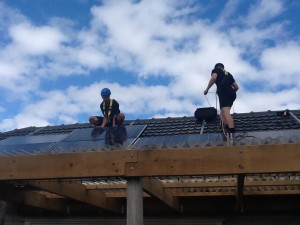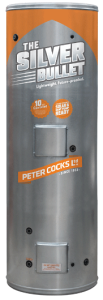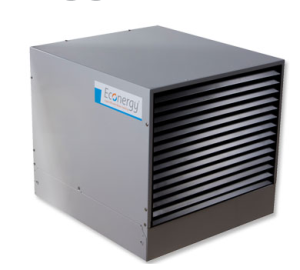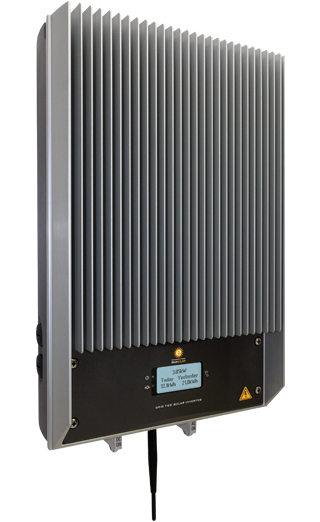Podcast: Play in new window | Download | Embed
 This week I was thrilled to be asked some great questions by a subscriber and listener. Among these was a query about how to make your home solar-ready if you can’t afford to install solar straight away.
This week I was thrilled to be asked some great questions by a subscriber and listener. Among these was a query about how to make your home solar-ready if you can’t afford to install solar straight away.
The first premise of this question is one of affordability. It’s not the purpose of this post to debate affordability, but I should note that you’ve really got to prioritise when it comes to building new or doing a renovation. I’m a big advocate for putting the energy efficiency investments into your budget first, then doing the more decorative stuff later, rather than getting to the end and not being able to afford something that will ultimately save you money. Some might could that function before form.
I also acknowledge that some items are still simply too expensive for some, so how can we best plan for this?
Solar Thermal vs Solar Generation
When thinking about solar, there are two main types; solar thermal and solar photovoltaic (PV). Solar thermal makes hot water directly. Solar PV makes electricity.
Solar Hot Water Ready

The best way to be prepared to install solar hot water some time down the track, is to install a ‘solar-ready’ hot water cylinder. The main difference is that a solar-ready cylinder will have an extra couple of ports for connecting the inlet from the solar collector.
A solar-ready cylinder will also either be stainless steel or copper inside, rather than glass because it’s designed to handle much higher temperatures, which are possible from a collector on a very sunny day.
Some solar-ready cylinders also have a complete coil inside. This is for a ‘closed-loop’ solar hot water system in which a heating fluid is circulated through the collector and into the cylinder, rather than the water that actually comes out of the tap. Closed-loop systems are more common in colder climates (Central Otago, lower South Island and Central North Island) where there’s a risk of frost during winter. The heating fluid can contain anti-freeze so it keeps working after a frost.
All these extras and different materials mean that a solar-ready cylinder will be more expensive than a standard. So doesn’t that defeat the purpose?
The answer is probably not.
If you think there’s a good chance of installed solar hot water at some stage in the future, then the extra cost now to be prepared is good insurance against having to replace the whole system later on.
Heat Pump Water Heaters
Heat Pump Water Heaters are a good alternative to solar thermal, particularly in the South Island. Installing a solar-ready hot water cylinder is likely to make it easier to install a split, two part heat pump system, should you later choose that option over solar.
Whether you’re leaning towards solar or heat pump, my recommendation is to get a supplier and installer involved early. They may even be able to pre-pipe during the build, which will make future installation even easier.

Photovoltaic Solar-Ready

Pre-wiring for solar PV is a really exciting and highly recommended proposition. I know of some building companies who are moving towards this as standard. One of the best systems I’ve come across is the Christchurch-based EnaSolar. Installing the whole system will almost be ‘plug-and-play’ by taking this approach.
EnaSolar even have a video of installing one of their intervters. You can see how you can have the case installed when you build, then just slot the inverter unit in later, when you purchase panels.
Solar-Ready Roof
And of course, don’t forget your roof. The best roof for any type of solar will be:
- North facing (in the southern hemisphere)
- Have a pitch approximately equal to your latitude (about 36° in Auckland – 45° in Dunedin)
- No overshadowed by trees or neighbouring property
- No at the maximum limit of any recession planes, incase addition framing is required for panels
- Strong enough to support extra load
Check out this useful Solar Assessment Checklist from Beacon for more tips.
Leave a Reply